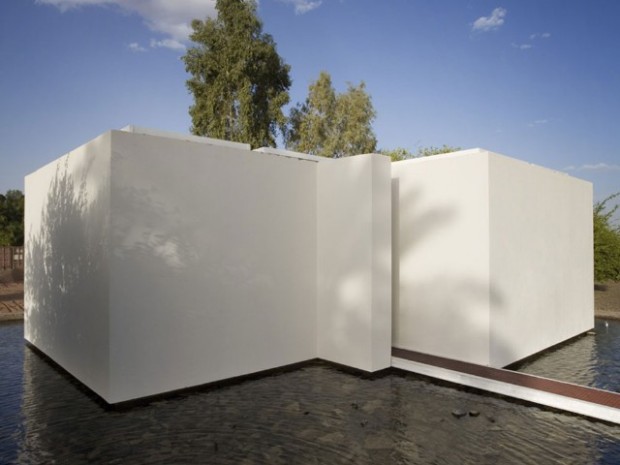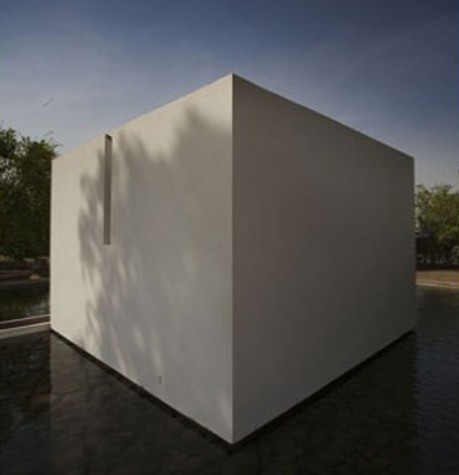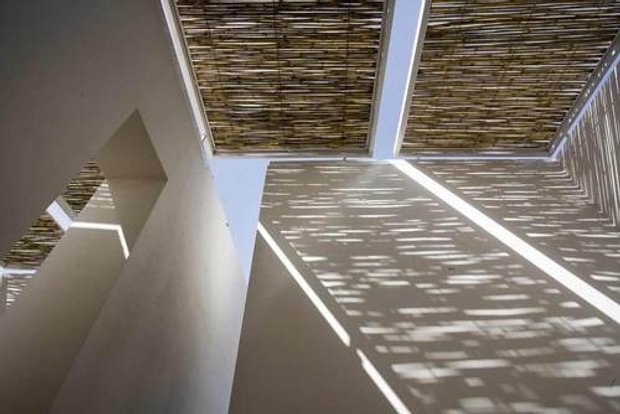
Sacred Stories - Prayer and Meditation Pavilion
How Studio Tamassociati accommodated two ancient religions in one striking, contemporary place of worship
We might think of churches, mosques and synagogues as stuffy old places, yet as James Pallister points out in the introduction to our new book, Sacred Spaces, they can also prove to be remarkably innovative. The author quotes critic and architect Robert A M Stern who said, "Historically the religious building type has often been the locus for advancement and invention in architectural design."
Take, for example, this white cube built in Khartoum in 2007 by the Venetian practice Studio Tamassociati. This Prayer and Meditation Pavilion forms part of an advanced new healthcare complex, founded to treat the city's large and varied population. Yet, as explained in our new book, the country suffers from an unfortunate level of sectarian unrest, with the majority Muslim population coming into conflict with minority Christian groups and other smaller groups.

With this in mind, Studio Tamassociati aimed to not overtly privilege any religion in its new building. Instead, it sought to build a facility that would meet the different, functional requirements of the different faiths of visitors to the complex, without overtly privileging anyone.
The building is, in essence, two cubes, which are set together, yet not wholly aligned. There is a pathway between the two, shaded with bamboo canes, and the whole building is surrounded by water.
The building meets religious requirements such as the Islamic ritual of washing before worship and the separation of genders – without surrendering the pavilion to any one faith.

Indeed, the surrounding water brings to mind a desert oasis, yet the architects also like to think of it as a cordon sanitaire, keeping out greater religious conflicts, while also serving religious needs within an elegant, modern solution.
We hope you've enjoyed this sacred story, taken from our new book Sacred Spaces. You can read about how a German farmer's friends and faith helped build Peter Zumthor's Bruder Klaus Field Chapel here, and you can order a copy of the book from the people who made it, here.